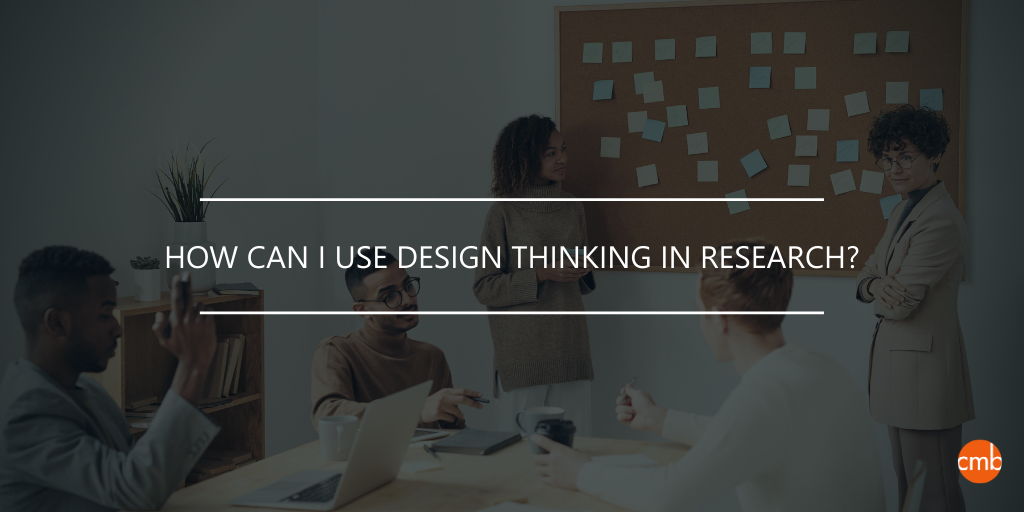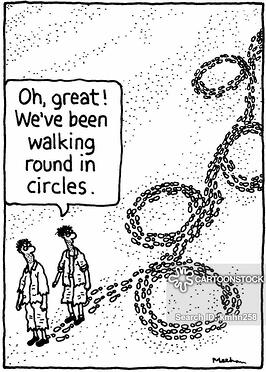It's about a 4 min. read.

Last week, I attended IA’s Design Thinking Workshop, led by Brianna Sylver—a topic we strongly believe in to creatively solve business challenges. The framework came out of engineering and design originally but is smartly being applied to market research.
Consider these 5 steps and decide whether this agile approach or process, could apply to your issues or needs:

As Brianna discussed, some problems require only a linear approach. If the objective is clear, agreed upon, similar to past concerns, and has available sources of data to support a decision, then you needn’t apply Design Thinking. On the other hand, if you require a deeper understanding of your customer and their needs or motivations, or your problem needs narrowing or alignment, there are unknowns that past data doesn’t address, or there is limited relevant past data, then the Design Thinking process should be applied.
Know, too, that Design Thinking is an agile process (i.e. a test and learn approach). It doesn’t end at Step 5: Testing. Results dictate what comes next. Do you realize now that you do not know enough about your consumer? Does the problem need restating? Should you ideate further based on what you’ve learned? Are you ready for, or do you need, a different or more detailed/tangible prototype? Revisiting prior steps is part of the process. Though you do eventually converge on the best solution!
You may be asking yourself…what if I’m not starting at Step 1: Empathize? Can I still apply Design Thinking? Of course, you can! For example, research on your target may be abundant and just in need of updating or organizing. Or perhaps the problem is already well-defined and agreed to by all stakeholders (and customers). Some clients have come to us at the Ideate stage, where they need to get creative, think differently, and add consumers to their brainstorming. Others have gotten as far as Prototyping (e.g. concepts, storyboarding), and are ready to test. In all cases, we will remind you that this is non-linear. You may think you’re done after testing, and perhaps you will be. But more likely, you will learn from that test and need to re-think something, such as the target, problem, solutions or prototype.
It may feel circular, but you are making progress!

With anything that involves art and science, this approach and way of thinking is a craft that requires a creative application. At CMB, we have applied Design Thinking in multiple ways:
Ask how we can help you! We are trained and experienced in Design Thinking, Creative Problem Solving, Innovation, Improvisation, and more. We welcome the opportunity to apply this to your problem-solving.